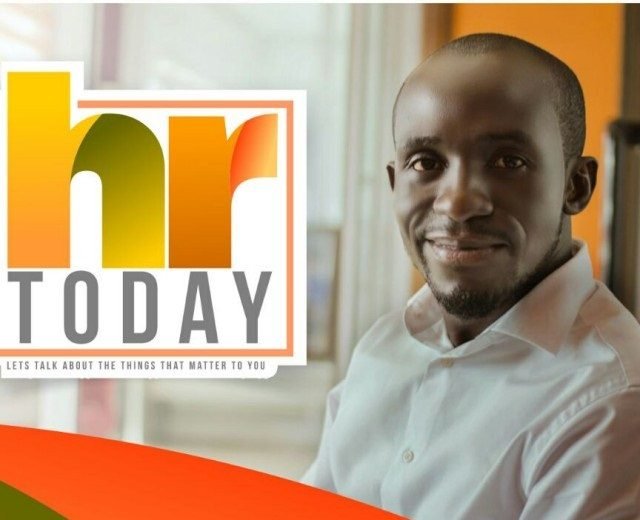
HR has a number of important functions in the organization. All the functions can be categorized to allow for effective management, implementation and supervision. More especially when the HR function keeps evolving with time and advancement in technology. HR is a strategic function that seeks the deployment of a highly committed and capable workforce, using an integrated array of cultural, structural and personnel techniques.
A closer review of these functions will bring clarity on the subject as we explore putting employees where they can be more efficient and effective.
Human Resource Planning: The first function of HR is all about knowing the future needs of the organization. What kind of people does the organization need, and how many? Knowing this will shape the recruitment, selection, performance management, learning and development, and all other HR functions. Human resources planning is similar to workforce planning. Both focus on where the organization is today and what it needs to be successful in the future. This stems out of a solid strategy with a well-designed tactics to achieve results.
Recruitment, selection and Placement: Attracting people to work for the organization and selecting the best candidates is a major function of the HR department. Attracting people usually starts with an employee brand. Being an attractive employer has plenty of advantages. With a strong employer brand and the right sourcing strategies, you’re already halfway there. Once candidates apply, selection is an HR instrument to pick the best qualified and highest-potential candidates for the role.
Performance Management: Performance management is essential in ensuring that workers stay productive and engaged. Good performance management involves good leadership, clear goal-setting, and open feedback. Performance management tools include the (bi) annual performance review, in which the employee is reviewed by his/her manager. It also includes 360-degree feedback tools in which peers, managers, subordinates, and sometimes even customers review the employee’s performance. These kinds of tools can be very helpful in providing feedback. Performance management is also an instrument to close the gap between the workforce you have today and the one you want to have tomorrow. It again provides useful information for talent management and succession planning.
Learning and Development: Enabling employees to develop the skills they need for the future is an essential responsibility for HR. This helps bridges the gap between the workforce today and the workforce needed in the near future. Traditionally, organizations have a set budget for learning and development. This budget is then distributed among its employees. Almost all employers understand the value of investing in the (future) skills of their employees. It’s the responsibility of the HR department to lead these efforts in the right direction. However, the employee also has bears a responsibility to add valve through personal development. An effective future workforce can be built through learning and development (L&D).
Career Planning: Career planning, guidance, and development for employees, together also referred to as career pathing. Showing employees how their personal ambition can align with the future of the company helps to engage and retain them. For the organization, there are the benefits of better succession planning, higher productivity, and a stronger employer brand.
Function Evaluation: Function evaluation is a more technical role of HR that involves comparing various functions in terms of qualification, the quality, and availability of workers, job location, working times, the economic situation, job responsibility, and how much value this job adds to the organization. The idea behind function evaluation is that similar jobs should be rewarded similarly.
Compensation and Benefits: Rewarding employees for their work is a function that is impossible to overlook. C&B include salary but also growth and career opportunities, status, recognition, a good organizational culture, and a satisfying work-life balance. The total C&B framework shows that rewards are more than just money. They can also be relational and psychological outcomes. For example, fantastic colleagues and meaningful work are also rewarding to employees as well as career growth opportunities etc.
Industrial Relations: Another function of HR is maintaining and cultivating relationships with labor unions and other interest groups and their members. Unionization is still very prevalent and allowed by law. Maintaining good relations with unions will help to spot and resolve potential conflicts quickly and will also be beneficial in more difficult economic times when layoffs or other actions are required.
Employee Participation and Communication: According to Dave Ulrich, one of the key roles of HR is to be a credible activist for the employees. Employees need to be informed and heard on different topics that are relevant to them. Communication relates to spreading information relevant to employees. It helps reduce the level of romour and grapevine information in the organization. It again creates a sense of belonging amongst employees and ensures a good relationship.
Occupational Health and Safety: HR plays an important role in creating and implementing health and safety regulations. Making these regulations part of the company culture is one of the main functions of HR. Safety should be such a big part of the company culture especially with the advancement of technology and its impact on human lives.
Employee Wellbeing and Wellness: HR has a function in assisting and taking care of employees when they run into personal problems. Personal wellbeing is about supporting employees when things don’t go as planned. The wellness of employees is another paramount thing that HR must take serious. A healthy workforce can guarantee efficiency and productivity.
Administrative Responsibilities: Another function of HR is its administrative responsibility. These include personnel procedures and Human Resource Information Systems. Personnel procedures involve the handling of promotions, relocations, discipline, performance improvement, illness, regulations, cultural and diversity, unwanted intimacies, bullying, and many others.
For each of these situations, policies and procedures need to be developed and followed to successfully comply with the requests, or overcome these challenges.
Source: Bright Ampadu Okyere/digitalhrtech.com | Tel. #: 0244204664 |Email Address: hrtoday@gmail.com


